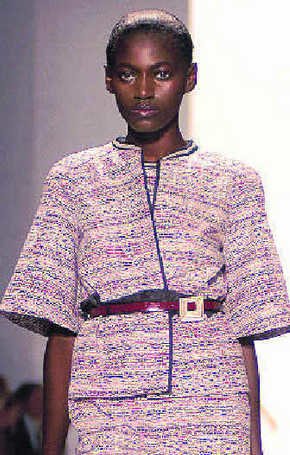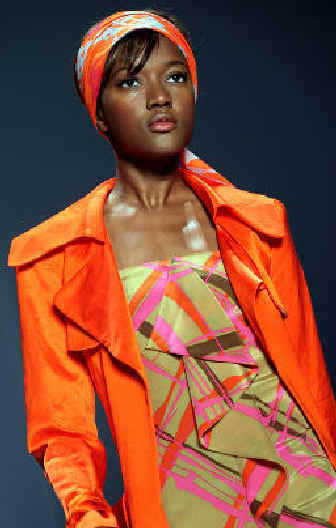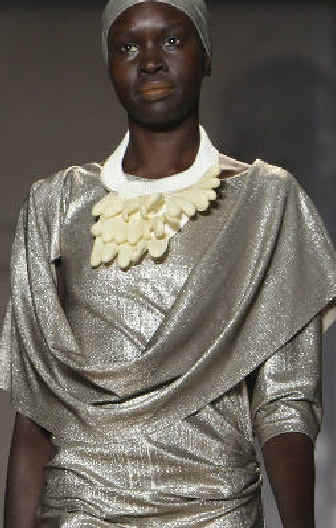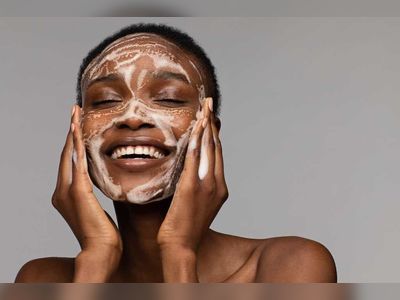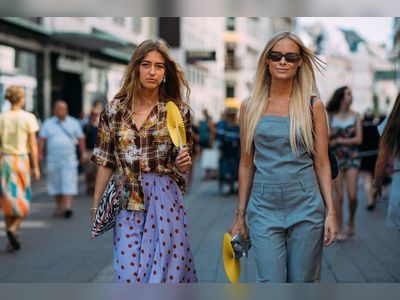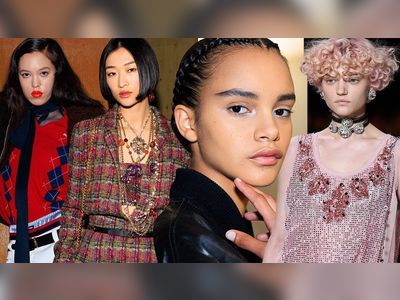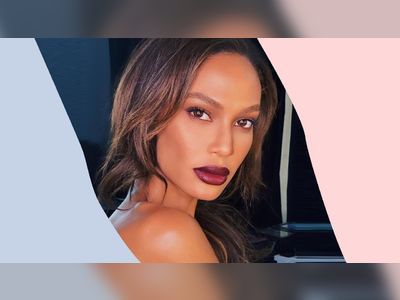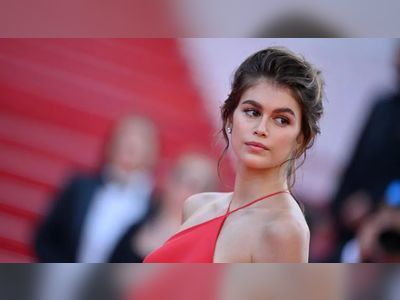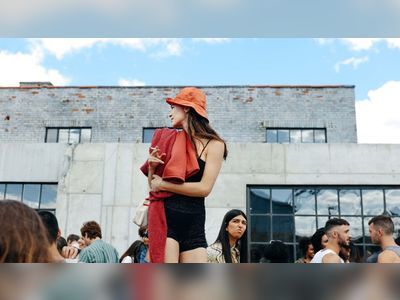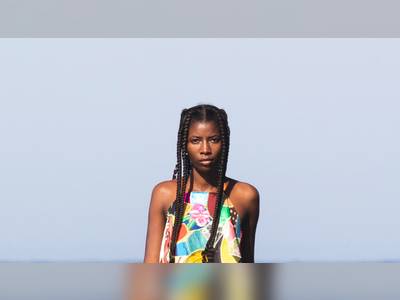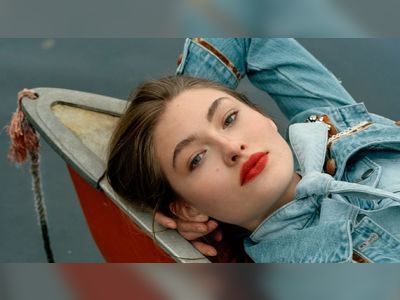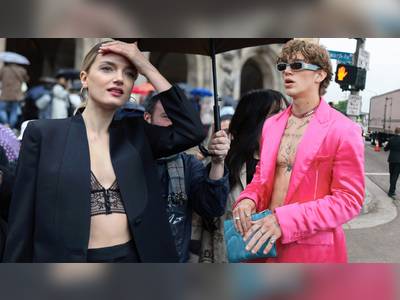Nowadays the cultural landscape is well populated with actors, musicians, media moguls and candidates for the American presidency drawn from the 30 percent of the American population that is not white. Yet, if there is one area where the lessons of chromatic and racial diversity have gone largely unheeded, it is fashion.
This reality was never plainer than during the recent showings of the women’s spring 2008 collections in New York and Europe.
Although black women in the United States spend more than $20 billion on apparel each year, according to estimates by TargetMarketNews.com, it was hard to discern an awareness of this fact on the part of designers showing in New York, where black faces were more absent from runways than they have been in years.
Of the 101 shows and presentations posted on Style .com during the New York runway season, more than a third employed no black models, according to Women’s Wear Daily. Most of the others used just one or two. When the fashion caravan moved to London, Paris and Milan, the most influential shows — from Prada to Jil Sander to Balenciaga to Chloe and Chanel — made it appear as if someone had hung out a sign reading: No Blacks Need Apply.
“It’s the worst it’s ever been,” said Bethann Hardison, a former model who went on to start a successful model agency in the 1980s that promoted racial diversity. “It’s heartbreaking for me now because the agents send the girls out there to castings and nobody wants to see them,” Hardison said, referring to black models.
This fall in New York, Hardison convened a panel of fashion experts at the Bryant Park Hotel to discuss “The Lack of the Black Image in Fashion Today.”
“Modeling is probably the one industry where you have the freedom to refer to people by their color and reject them in their work,” she said.
The reality is that only one black model worked at anything like the frequency of her white counterparts: Chanel Iman Robinson, 17, who is African-American and Korean. Particularly in Milan and Paris, Robinson’s was often the only nonwhite face amid a blizzard of Eastern European blondes.
There is something illustrative of the entire issue to be found in this September’s Italian Vogue.
Just one image of a black model appears in the issue, midway through a 17-page article photographed by Miles Aldridge and titled the “Vagaries of Fashion.” In it, the glacial blond Anja Rubik portrays an indolent, overdressed Park Avenue princess with a gilded apartment, a couture wardrobe and two towhead children. The sole black model in the pictorial is more modestly attired, in an aproned pinafore.
She plays the maid.
Black models were seen on the runways in the Hubert de Givenchy or Yves Saint Laurent shows in the 1970s.
“Years
ago, runways were almost dominated by black girls. Now some people are
not interested in the vision of the black girl unless they’re doing a
jungle theme and they can put her in a grass skirt and diamonds and
hand her a spear.”
J. Alexander, a judge on “America’s Next Top Model”
